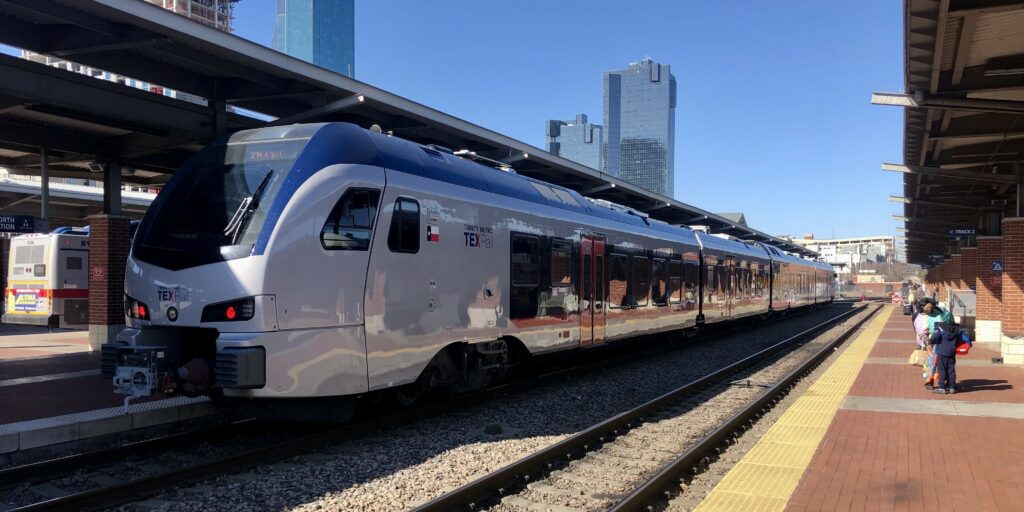GDT > Projects > Northwest Rail
Completing the B Line to Boulder, Longmont and beyond…

Promised in the RTD FasTracks sales tax vote in 2004, the 41 mile Northwest Rail Line is intended to connect Denver to Boulder and Longmont via commuter rail. However, it has experienced several delays and challenges in development including cost increases that RTD has struggled to find ways to fund.
The original plan was to pay BNSF, who own the tracks from Westminster to Longmont via Boulder, to double-track the line and electrify it at 25kV 60Hz AC, which is what the rest of the RTD commuter rail system uses. While the double-tracking wasn’t such a big deal for a large Class I railroad, the electrification was asking BNSF to do something it had practically zero construction and operating experience in return for no benefit for freight train operations, which would remain diesel powered.
The result was that the costs quoted ballooned from the $461m original estimate to complete the northwest rail one in 2003 (before the FasTracks vote) to $1.5bn in 2018. With polling showing that voters were unlikely to approve further sales tax increases, RTD started projecting that they wouldn’t have funds to complete the line until 2042 (now revised to 2044). These dates are clearly unpalatable for politicians in Boulder and Longmont, who point out that their communities have now been paying their fair share of FasTracks sales taxes for 20 years with little progress on the line to show for it.
Because of the issues, the uncompleted B line to Boulder and Longmont remains the No. 1 source of ammunition for RTD’s detractors who accuse the agency of breaking its promises to communities located northwest of Denver and wasting taxpayers cash.
The current B Line service…

Currently, only the first 6 miles of the B Line between Union Station and Westminster have been completed with trains running on a dedicated electrified single track in a shared right-of-way with BNSF. This section opened in July 2016 and offers an hourly service, all-day, seven days a week. Ridership has never necessitated the operation of more than a 2-car commuter train consists and the line suffers a poor station area layout at Westminster that makes connections to bus services inconvenient. In addition the transit orientated development (TOD) has so far failed to significantly materialize around the station and due to the low service frequency, most park-n-ride customers will opt to drive to one of the G Line stations a few miles south which currently enjoy double the number of trains.
Joint Service on the Northwest Rail Corridor
“Swift action could permit Colorado to maximize its chances of securing and using maximum discretionary grant funding from the IIJA to deliver on both Front Range Passenger Rail service and the FasTracks promise.”
Joint Service White Paper, February 2024
In February 2024, the FRPR District, CDOT and RTD published a white paper outlining the opportunities available if all three parties were to pursue a joint service arrangement on the Northwest Rail corridor. Since then, the original three parties and the Colorado Transportation Investment Office (CTIO) have worked towards negotiating and signing an Inter-governmental Agreement (IGA) that will define how a joint rail service from Denver to Longmont will be delivered.
New Train For Colorado

It is hoped that the long term solution for rolling stock on the Northwest Rail corridor is provided by the New Train for Colorado concept which envisages a fleet of modern, fast, lightweight, highly efficient trains with superior on-board amenities connecting towns and cities all over the state.


